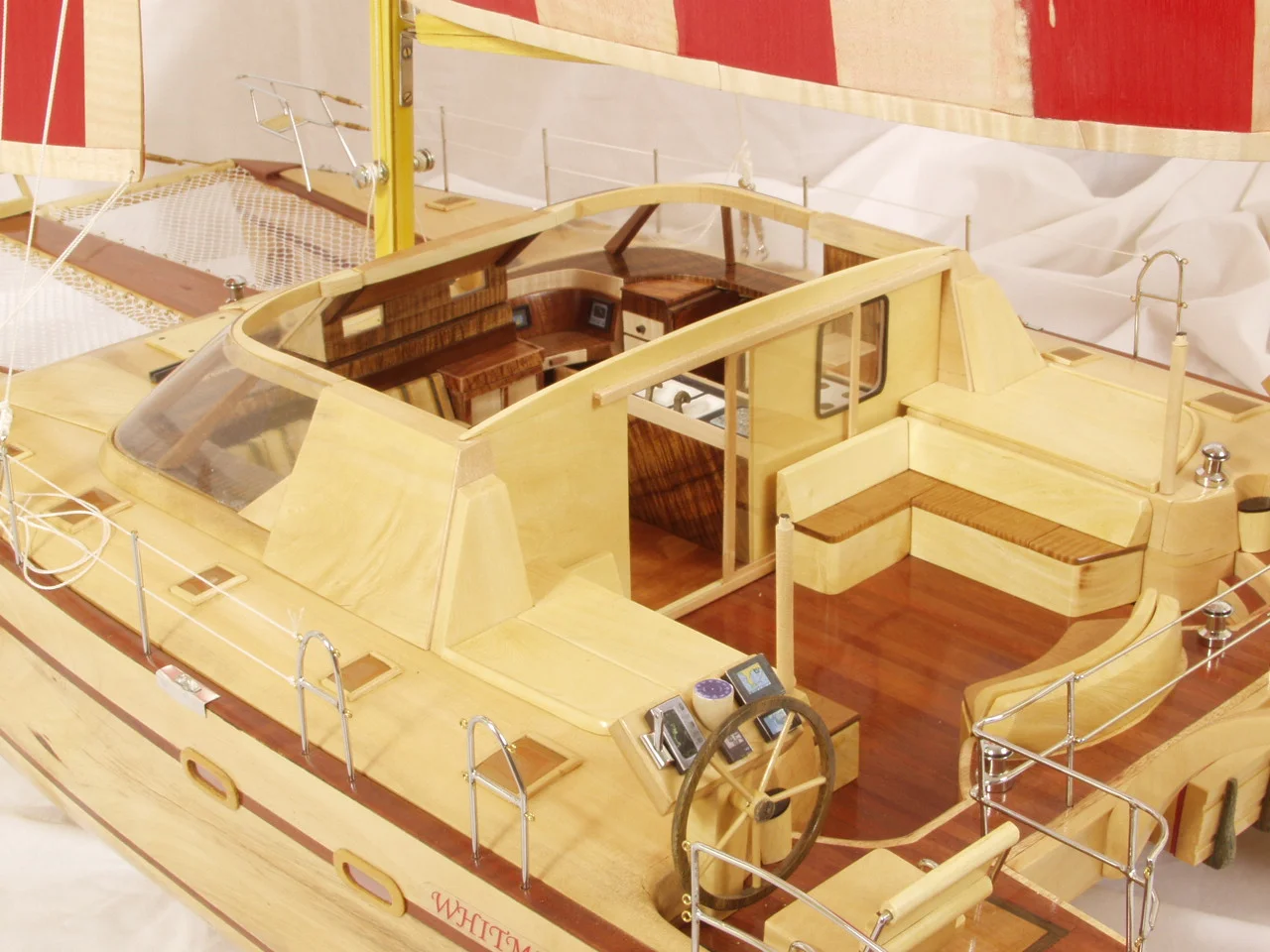

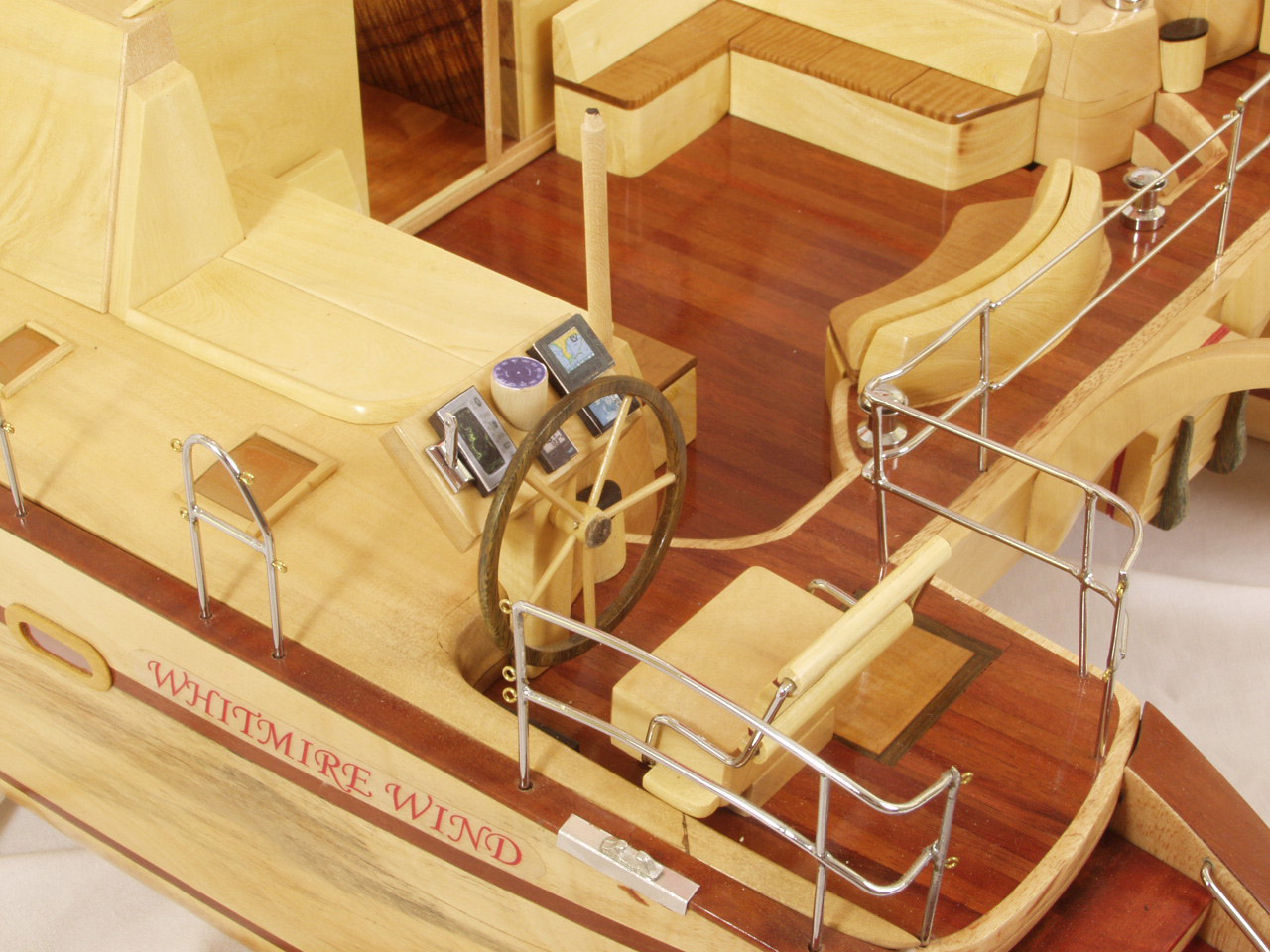

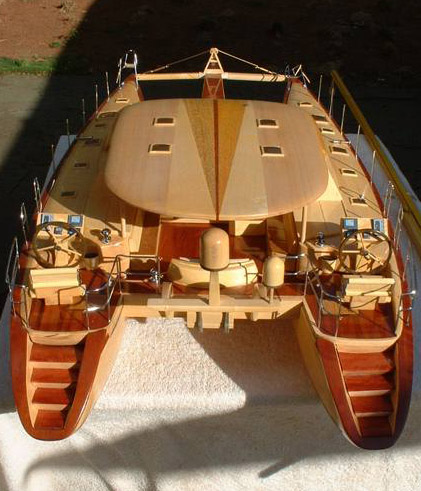
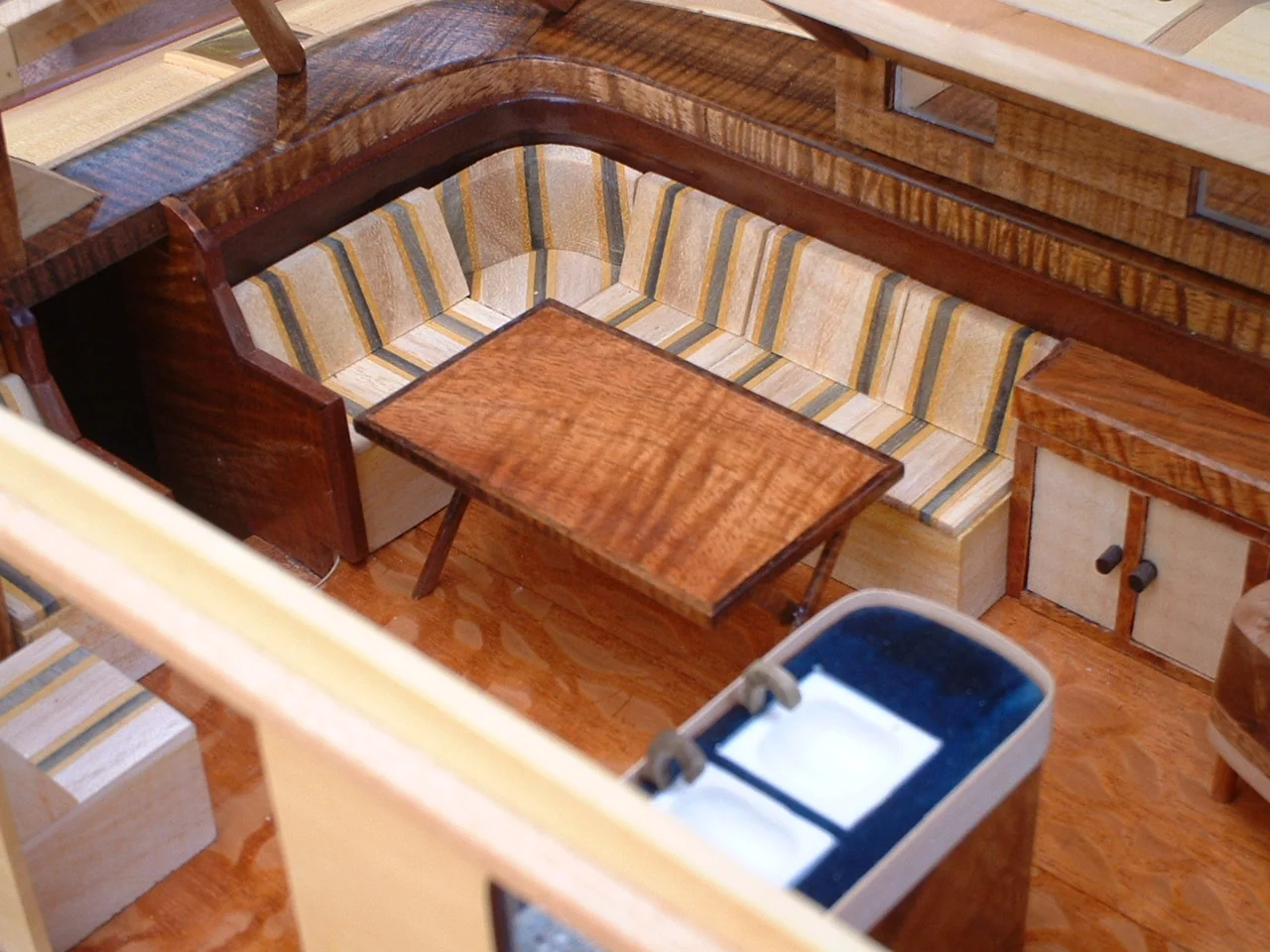
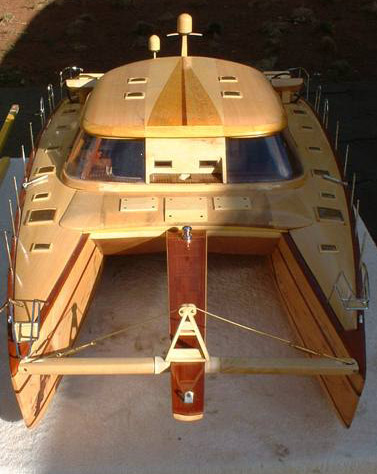
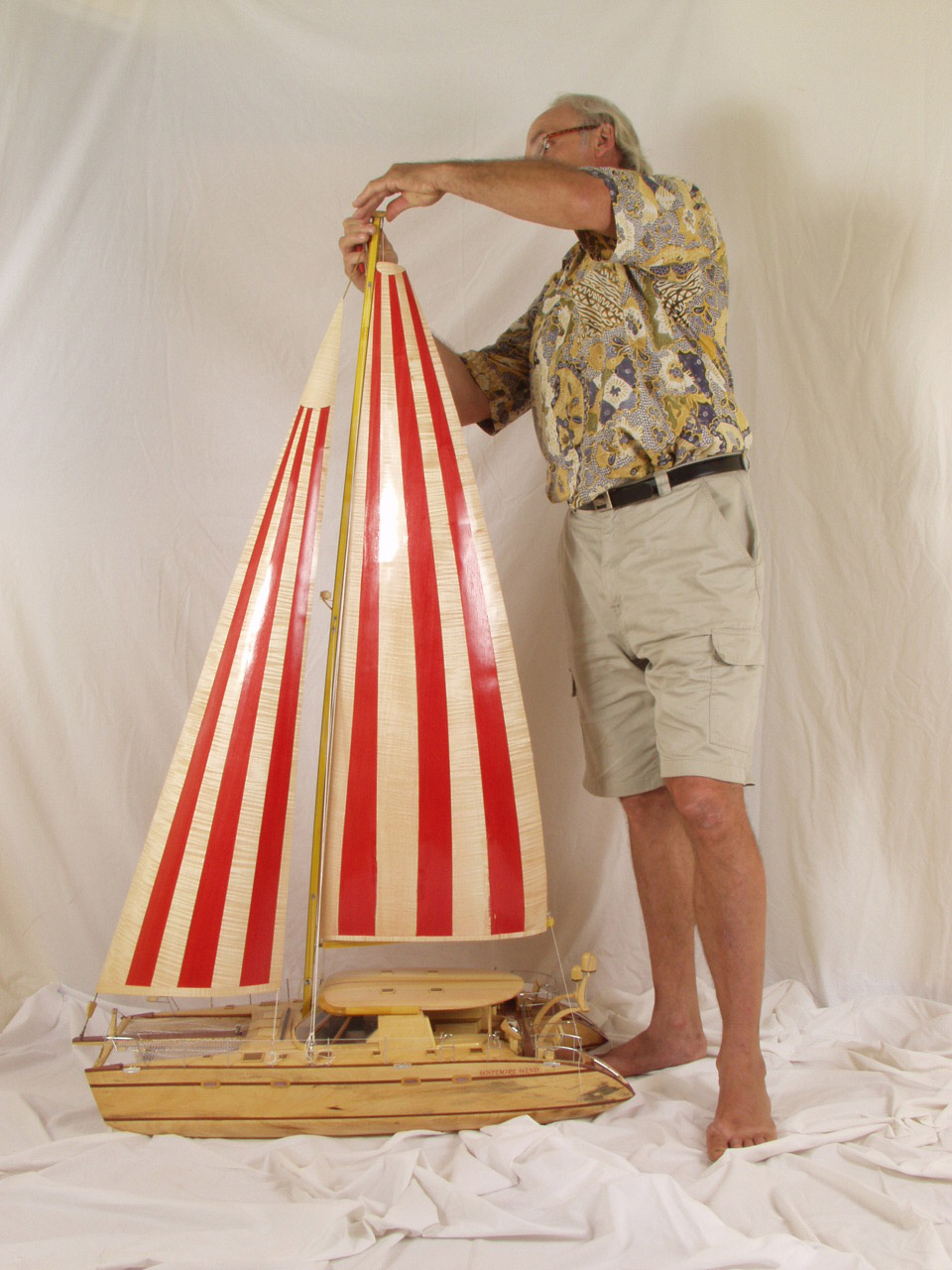
The catamaran vessels of today are the direct descendants of the highly evolved Polynesian sailing canoes. Double-hulled canoes had two essential qualities: good buoyancy and stability, and these two qualities led to the development of the modern catamaran. Early attempts at building catamarans started in 1662 when Sir William Petty built his "Double Bottom" to race in Dublin. He beat all comers and established the speed potential of catamarans in the Western Hemisphere. Most early steamboats were catamarans with the paddle wheel protected between the hulls. The connecting structure between the hulls was used for navigation and since became known as "the bridge".
Western perception of the catamaran has been shaped by yachting rather than commerce.
In the world of yachting, catamarans have earned a unique reputation as 'multi-hulls'. They stand out as the most sea kindly vessels on all points of sail, offering a level of safety and comfort that is unparalleled in the cruising boat category.
Looking at a modern catamaran, we can see the evolution from its ancient Polynesian voyaging canoe roots. The cross-beams that once joined the two hulls, on which the deck rested, have been replaced by a bridge or platform. This structure, cutting directly into the starboard and port hull topsides, now serves as the central hub of the vessel. On top of the bridge, we find the cockpit, where the catamaran is steered, the saloon for socializing, the skipper's area for charting maps and using navigational instruments, and the crew's shelter.
Francis built the model of this "Cat" around 25 years ago. She was 36 inches long . There were no other building specification or line drawings available of the real size cat as those available in commercial maritime magazines. Francis had to calculate all the dimensions of the many parts of the boat based on the 4 basic dimensions giving in the commercial and those where the length overall of LOA, the length of the waterline or LWL, the beam and the draft.
The model is now gracing the interior of a villa in Beverly Hill.
The catamaran vessels of today are the direct descendants of the highly evolved Polynesian sailing canoes. Double-hulled canoes had two essential qualities: good buoyancy and stability, and these two qualities led to the development of the modern catamaran. Early attempts at building catamarans started in 1662 when Sir William Petty built his "Double Bottom" to race in Dublin. He beat all comers and established the speed potential of catamarans in the Western Hemisphere. Most early steamboats were catamarans with the paddle wheel protected between the hulls. The connecting structure between the hulls was used for navigation and since became known as "the bridge".
Western perception of the catamaran has been shaped by yachting rather than commerce.
In the world of yachting, catamarans have earned a unique reputation as 'multi-hulls'. They stand out as the most sea kindly vessels on all points of sail, offering a level of safety and comfort that is unparalleled in the cruising boat category.
Looking at a modern catamaran, we can see the evolution from its ancient Polynesian voyaging canoe roots. The cross-beams that once joined the two hulls, on which the deck rested, have been replaced by a bridge or platform. This structure, cutting directly into the starboard and port hull topsides, now serves as the central hub of the vessel. On top of the bridge, we find the cockpit, where the catamaran is steered, the saloon for socializing, the skipper's area for charting maps and using navigational instruments, and the crew's shelter.
Francis built the model of this "Cat" around 25 years ago. She was 36 inches long . There were no other building specification or line drawings available of the real size cat as those available in commercial maritime magazines. Francis had to calculate all the dimensions of the many parts of the boat based on the 4 basic dimensions giving in the commercial and those where the length overall of LOA, the length of the waterline or LWL, the beam and the draft.
The model is now gracing the interior of a villa in Beverly Hill.